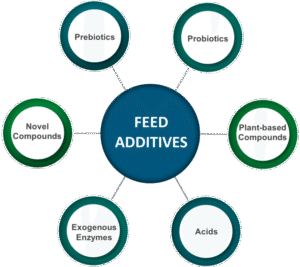Population ecology is a branch of ecology that focuses on the study of populations of organisms, their characteristics, growth, dynamics, and the factors that regulate their numbers. Here are some key concepts related to population ecology:
Thank you for reading. Don't forget to subscribe & share!
- Basic Population Characteristics:
- Population: A population is a group of individuals of the same species living in the same area and at the same time.
- Population Size (N): It represents the total number of individuals in a population at a given time.
- Population Density: Population density is the number of individuals per unit area or volume.
- Population Distribution: It describes how individuals in a population are spatially arranged, which can be clumped, uniform, or random.
- Age Structure: The age structure of a population refers to the distribution of individuals across different age groups or cohorts. It can influence population growth and dynamics.
- Population Growth: Population growth refers to changes in population size over time. Two key factors affect population growth: births and deaths. There are two primary types of population growth:
a. Exponential Growth: In ideal conditions with unlimited resources, populations can exhibit exponential growth, where the population size increases at a constant rate. The growth curve for exponential growth is a J-shaped curve.
b. Logistic Growth: In realistic conditions with limited resources, populations often experience logistic growth. The growth curve for logistic growth is an S-shaped curve. It accounts for factors like carrying capacity, which is the maximum population size an environment can support sustainably.
- Population Growth Curves: Population growth is often described using growth curves. The two most common types of growth curves are the exponential growth curve and the logistic growth curve, as mentioned earlier.
- Population Dynamics: Population dynamics refers to the changes in population size and structure over time. Several factors influence population dynamics, including birth rates, death rates, immigration (individuals moving into the population), emigration (individuals moving out of the population), and environmental factors.
- Population Regulations: Populations can be regulated by both density-dependent and density-independent factors:
a. Density-Dependent Factors: These are factors that have a more significant impact as population density increases. Examples include competition for resources, predation, disease, and limited nesting sites.
b. Density-Independent Factors: These factors affect the population regardless of its density. Examples include natural disasters, extreme weather events, and habitat destruction.
Population regulations help maintain the stability of ecosystems by preventing populations from growing unchecked or declining too rapidly.
In summary, population ecology focuses on the study of populations, including their basic characteristics, growth, dynamics, and the factors that regulate them. Understanding these concepts is crucial for assessing the health and sustainability of ecosystems and the impact of human activities on natural populations.









